5.1 Place and space
Places are parts of the Earth’s surface that have specific meaning for some people. A place can range in size from a comfortable chair in a room to a national park to a country to the whole world.
A place can be a natural feature, such as an old-growth forest, or a human construction, such as a house. It could also be a place where natural and human features and human constructions interconnect, such as a farm.
In geography we use the geographical concept of space to better understand where, how and why places are located and connected over the Earth’s surface. As we move, or send something, from one place to another place, we are using our understanding of space. For example, the form of transport you use and the route you take to go from your home to your school is informed by your understanding of how your home and school are connected across space.
Often maps are used to show the location, distribution and reasons for the pattern of places over space.
Stories of place
How we identify and interact with a place and its spatial features depends on our personal and cultural perspectives: on the relationship we have with the place and its natural and human environmental features and why it is important for us, our culture, our people and our future.
DEVELOPING YOUR UNDERSTANDING 5.1
Copy the table below and identify and describe the places you and other students find important.

| Important places | ||
|---|---|---|
| Think | Pair | Share |
| Choose a place that is important to you. | In a pair, discuss and compare your important places. | Join with one or two other pairs to share your discussion outcomes. |
| Describe the place and write down three reasons why it is an important place for you. | How are the places similar and different? How are the reasons for their being important similar and different? |
Identify common reasons for the places you identified as being important. |
Discuss with the class any common reasons you found for why places are important.
Elma Yantarrnga’s story
Elma Yantarrnga is an Anindilyakwa-speaking person from Groote Eylandt in the Northern Territory. Elma is the senior female ranger with the Anindilyakwa Land and Sea Rangers. She represents the Anindilyakwa Land and Sea Rangers at land management conferences right across Australia, as well as being actively involved in training and in conversations with such organisations as the Northern Territory Department of Fisheries and the Australian Quarantine and Inspection Service (AQIS). When Elma thinks of her land and place and her work, she says:
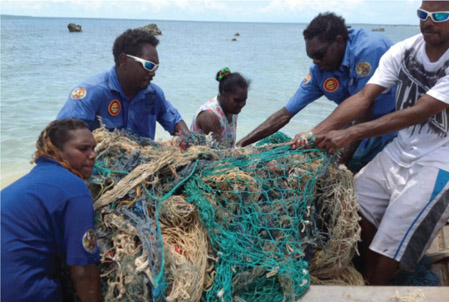
I do this for my people and my land. I am a ranger so that I can look after our land the best way. Some people think that we are out here having fun, that we aren’t working.
But we are working; we are working to look after our land. I know, as a ranger, that I need to learn different ways of looking after land and that is why I am always learning and training and showing people what I do.
When you are a ranger you are looking after your land all the time. It is a new way of seeing land and our place and it is important.
We listen and tell stories about our land with our people and then we go to work and we remember those stories and we think of those stories when we are doing our ranger work and it makes me a better ranger. When we are talking to the people that come and look at our land, like the Fisheries people and the AQIS people, we listen to what they have to say about our land and we tell them what we have to say about our land and then we all work together to look after this land. Some people get their brains washed like a lollipop when they don’t listen to the people and what our people tell us about our land. This is my land and I look after my land for my people.
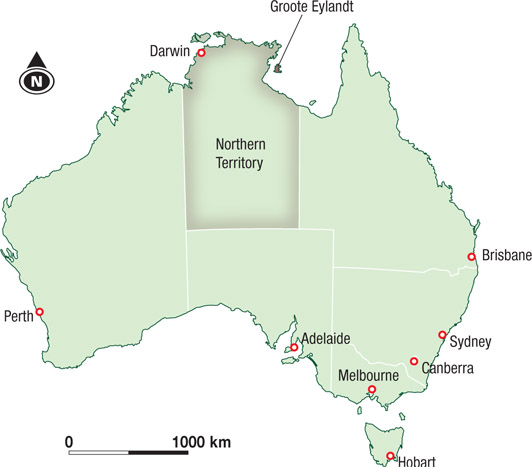
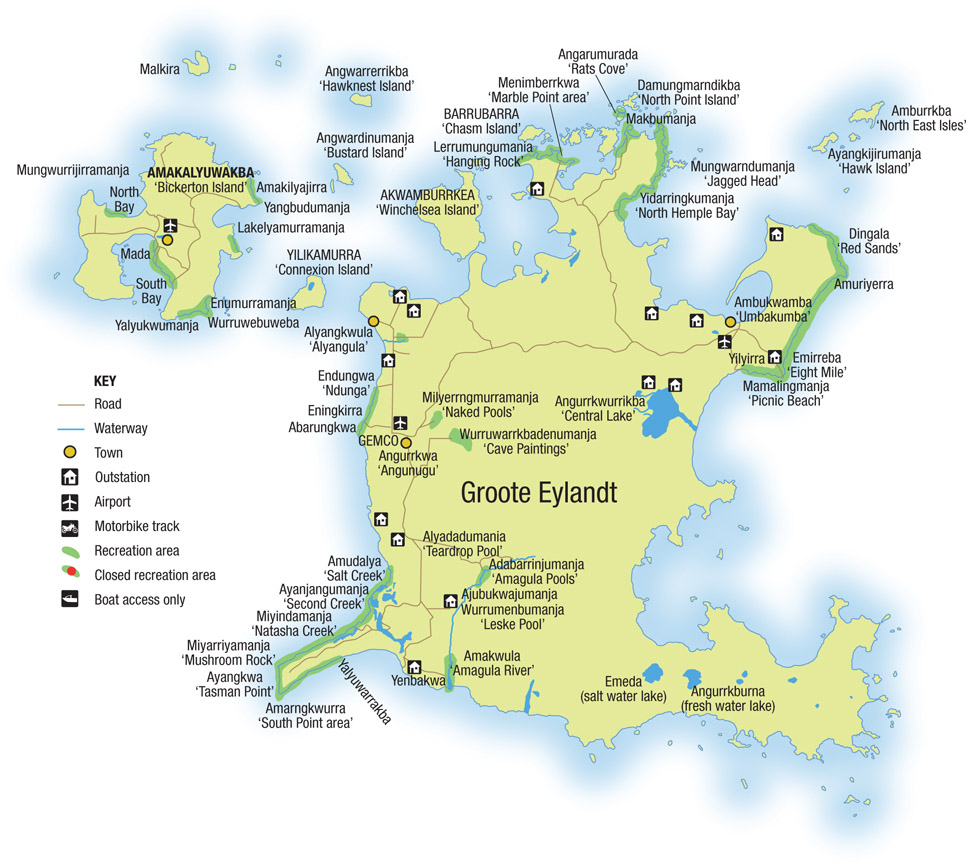
DEVELOPING YOUR UNDERSTANDING 5.2
- Describe the geographic location of Groote Eylandt.
- Explain why telling and sharing stories of land and sea are an essential part of life and culture for Elma Yantarrnga as a traditional landowner and as a ranger.
- Suggest what may happen if the stories of the people who have a deep spiritual connection with land and sea are not listened to when decisions are being made about that land and sea. As you read through this chapter, remember Elma Yantarrnga’s story about the importance of including, sharing and listening to stories about connection and care of land and place.
Tala’s story
Tala was born and grew up in Jordan. Her family is Palestinian and she now lives in Australia.
Since coming to live in Australia, Tala has thought and written about why place is so important to migrants’ identity.
Tala says that before she left Jordan, she believed that people were more important than place because people bring meaning to the places around them. She now believes that it is our connection to place that brings meaning to who we are. Place connects with people, culture and spirituality; it lives in the person and travels with them as a ‘sense of home, sense of place, sense of dwelling as a mobile habitat’.
Tala found coming to a foreign country where she did not speak the language very difficult, as language connects us with a place and its culture.
When migrants leave their countries and come to Australia they face language – and nostalgia – problems as they try to assimilate to Australian ways of living and find an identity in this new place. Migrants find ways to assimilate to Australian life while keeping connections with their past life.
Many migrants’ homes have become private museums of cultural objects they have brought with them. ‘Middle Eastern migrants always surround ourselves with socially and culturally pleasing objects,’ says Tala. These are more than just objects: they connect migrants with their life experiences of their former place – ‘They represent my history, my culture’–and help them deal with all the changes in their new lives.
Tala says that holding festivals and celebrating cultural days in the new place is important. It ‘brings meaning to this new place by celebrating culture’.
Connecting with people of your culture, speaking your language, and buying, cooking and sharing your culture’s food is also part of establishing your sense of identity, place and belonging.
Childhood memories and stories of places are very important. Tala says that she has never lived in the Palestinian territories. However, through listening to her grandmother and grandfather’s stories about living in Jerusalem, Tala has a very strong sense of connection with Jerusalem: it is part of who she is and of her culture.
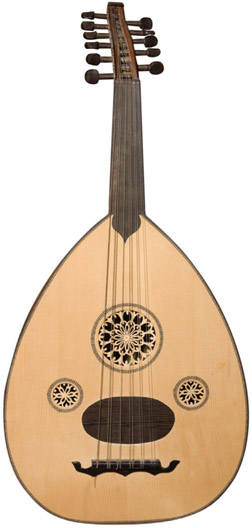
Tala says that the senses are also important in connecting with place and culture. The cooking, smell and taste of Middle Eastern food bring back fond memories of experiences in Jordan with family and friends: ‘When I go to a new place I keep the smell in my mind, and that connects me with a certain place.’ Music and musical instruments are also important connections to culture and identity. Tala downloaded Omar Bashir playing the oud. To experience Middle Eastern music being played on authentic Middle Eastern instruments go to www.cambridge.edu.au/hass9weblinks for a link to this YouTube video.
Tala loves her life in Australia, in part because she keeps her connections with her past as she assimilates to Australian life and her new identity.
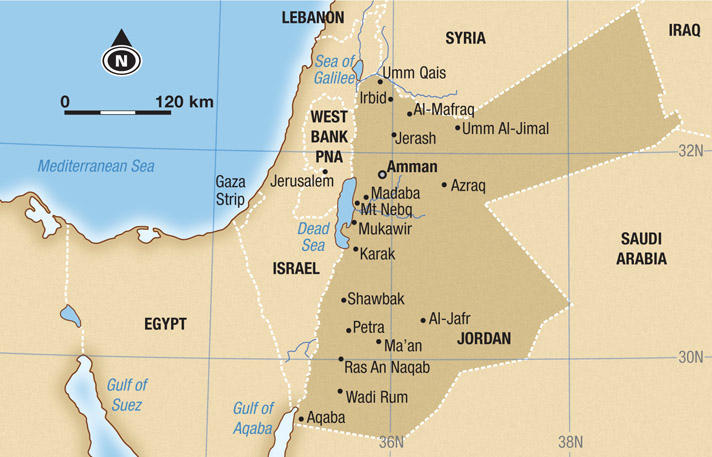
DEVELOPING YOUR UNDERSTANDING 5.3
- Describe and explain the importance of the relationship between place and identity for Tala: write a 300–400 word essay or create a poster, a PowerPoint or another electronic display.
- In a small group discuss how your connection with a special place, or places, is important to your identity. List the reasons.
- One of Tala’s fondest memories of Jordan was visiting Petra. Go to www.cambridge.edu.au/hass9weblinks for a link to a site that will help you research and describe where Petra is and why it is such a significant place. Suggest a place in Australia that has a similar significance to you.


